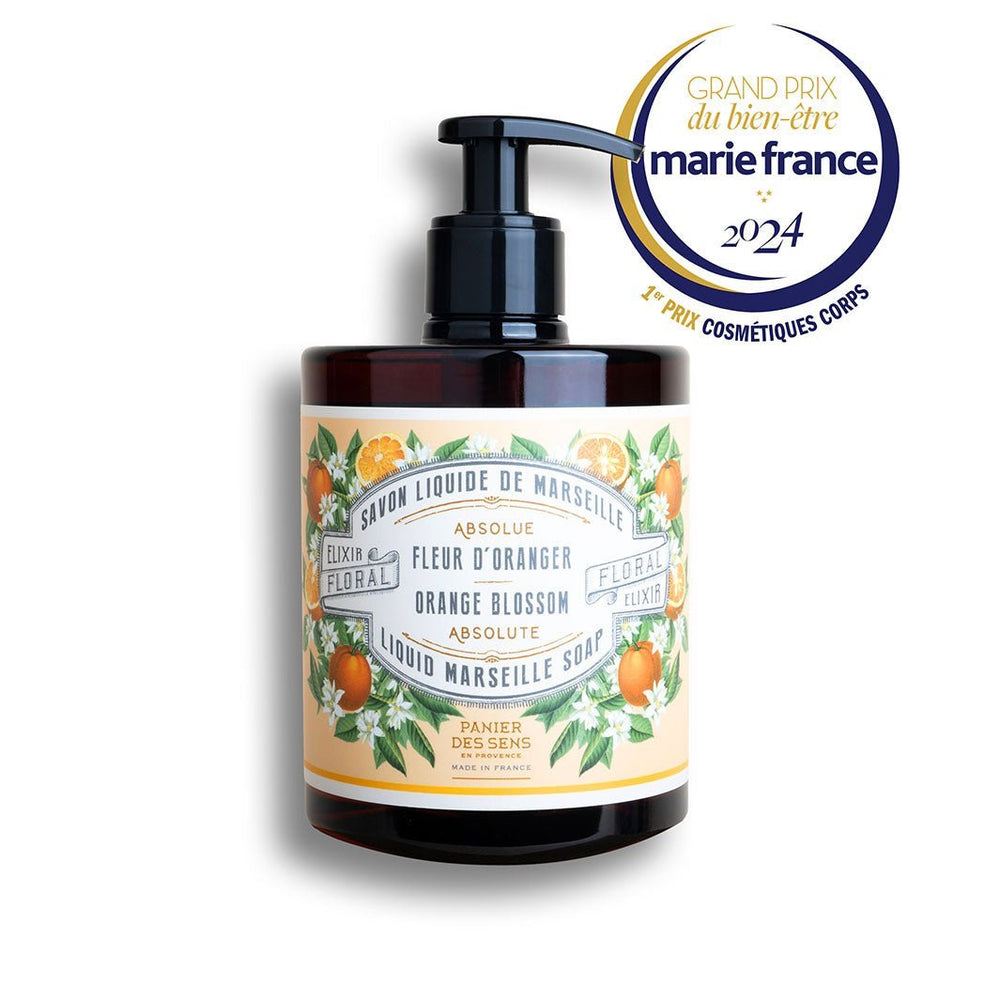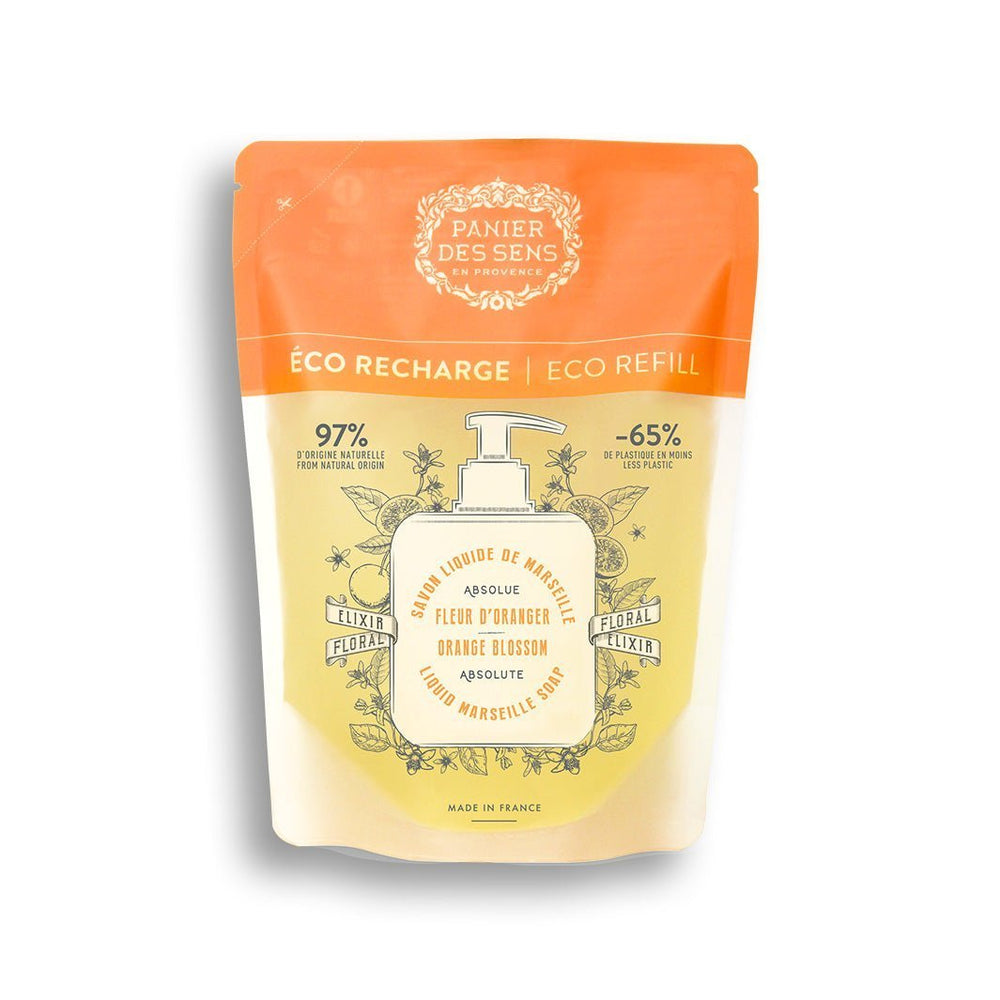How do you determine the ideal fragrance concentration for an eau de toilette ?
The delicate art of choosing the ideal concentration for a eau de toilette is a delicate balance between science and sensitivity. It's a fascinating quest that combines laboratory techniques and olfactory intuition. To fully understand this process, it's essential to go back to the basics of fragrance concentration and unpack the unique composition of an eau de toilette. Then, by examining different fragrance concentrations, we can better grasp the subtleties of this process.
Next, we'll explore the key factors that influence this ideal concentration, such as ingredient durability and volatility, as well as olfactory perception and desired intensity. Finally, we'll delve into the concrete methods used to adjust these concentrations, including dilution techniques and invaluable feedback from testers. Get ready to discover the secrets of a perfectly balanced formula. For more details on how to choose an eau de toilette and master its subtleties, read on.

The basics of fragrance concentration for eau de toilette
Definition and composition of an eau de toilette
eau de toilette, an oft-heard but sometimes misunderstood term, is a perfumed solution with a concentration of 5-15% perfume blend on an alcohol base. This composition gives it a lightness and freshness ideal for everyday use. Unlike eau de parfum or extrait de parfum,eau de toilette is distinguished by its evanescent character and olfactory subtlety.
Imagine walking through a garden in the early hours of the morning, when the first dews sublimate the aromas of flowers and citrus fruits. This is the sensation theeau de toilette seeks to capture. It combines various fragrant raw materials, such as delicate floral essences like lavender or jasmine, citrus notes from lemon or grapefruit, and more discreet woody touches like cedar or sandalwood.
Different fragrance concentrations
To fully understand what differentiates an eau de toilette from other types of fragrance, it's essential to explore the various concentrations that exist:
- Eau de Cologne: with just 2-4% concentrated fragrance, it offers immediate but ephemeral freshness. Perfect for quick refreshment.
- Eau fraîche: similar to eau de Cologne but slightly more concentrated, it's ideal for those looking for something even lighter.
- Eau de toilette : with a concentration of between 5 and 15%, it offers a perfect balance between persistence and lightness. Its trail can last up to five hours after application.
- Eau de parfum: with its 15-20% pure essence, it offers a more intense, longer-lasting olfactory experience without being overpowering.
- Extract or pure fragrance: the most concentrated form with up to 40% essential oils. It's the ultimate choice for those seeking extreme longevity and aromatic depth.
eau de toilette is therefore in the middle of the concentration spectrum in terms of intensity and duration. This judicious choice allows sophisticated users like you to adopt a subtle fragrance that reflects your personality while fitting perfectly into your everyday style without being too imposing.
Factors influencing the ideal fragrance concentration for an eau de toilette
Durability and volatility of ingredients
When it comes to determining the ideal concentration for an eau de toilette, the durability and volatility of the ingredients play a crucial role. Indeed, the balance between these two aspects can transform a simple fragrance into a veritable olfactory work of art. Top notes, for example, are often composed of volatile essences such as citrus or aromatic herbs. These evaporate quickly, leaving room for the more persistent heart and base notes.
Take neroli, for example: this floral essence from orange blossom is both fresh and slightly sweet. Its high volatility makes it the perfect top note for a dazzling first impression. On the other hand, woody notes such as vetiver or patchouli are more long-lasting thanks to their more complex molecular structure. They reveal themselves gradually, bringing depth and longevity to your eau de toilette.
Olfactory perception and desired intensity
Olfactory perception is another determining factor in choosing the ideal concentration for an eau de toilette. Each individual has his or her own sensitivity to different olfactory families, which means that what may seem subtle to some may be overpowering to others. That's why it's essential to adapt the concentration to the target audience.
To illustrate, imagine yourself in a lavender field in Provence: the delicate yet persistent scent of the flowers envelops you without being overpowering. This sensation should be reflected in your daily eau de toilette - present enough to captivate but gentle enough not to saturate the senses.
The desired intensity also varies according to occasion and season. A light fragrance with citrus notes will be perfect for a summer's day, while a composition richer in spices and precious woods will be better suited to winter evenings or special events.
Ultimately, finding that subtle balance between durability, volatility and olfactory perception requires not only technical expertise but also a keen understanding of the expectations and needs of sophisticated users like you.
Process for determining the ideal fragrance concentration for an eau de toilette
Dilution techniques and laboratory tests
The quest for perfect eau de toilette concentration begins with meticulous dilution techniques. Imagine yourself in a laboratory, surrounded by stills and precise instruments, where every drop counts. Perfumers use various solvents, mainly ethyl alcohol, to dilute pure essences. This step is crucial, not only to adjust the intensity of the fragrance, but also to ensure its stability.
Laboratory testing is an essential part of the process. Each formulation undergoes rigorous testing to assess its volatility, durability and olfactory evolution over time. These tests include methods such as gas chromatography, which helps to break down volatile components and analyze their interaction. In addition, perfumers carry out organoleptic tests - that is, they literally smell the fragrance at different stages to ensure that each note develops harmoniously.
Adjustments based on tester feedback
No perfume can claim to be perfect without passing the test of user feedback. Once the first formulations have been established, they are submitted to a carefully selected panel of testers - often olfactory experts, but also enlightened amateurs. These testers evaluate the fragrance on several criteria: initial intensity, persistence of middle notes and depth of base notes.
Let's take a concrete example: imagine a tester finds that the citrus notes disappear too quickly, giving way to an overly pronounced woody dominance. The perfumer would then have to adjust the concentration by slightly increasing citrus extracts while reducing those of precious woods such as cedar or sandalwood.
It's this constant back-and-forth between the laboratory and user feedback that enables us to achieve the subtle balance we're looking for. This requires not only technical expertise, but also an ability to listen carefully to the expectations and feelings of sophisticated users like you.
Ultimately, determining the ideal concentration for an eau de toilette is a delicate art that combines rigorous science and olfactory sensitivity. It's this painstaking process that gives rise to the subtle, long-lasting fragrances you wear with elegance every day.
We recommend these other pages:
- Which eau de toilette best suits your skin type?
- Can I test an eau de toilette before buying it?
- What are the best eaux de toilette for every season?
- How do you choose an eau de toilette to suit your personality?
- How can you identify the olfactory families that best suit you?
- Is there a difference between eau de toilette for men and for women?





































